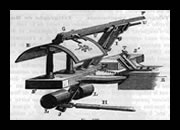
The photo of Pentelegraph
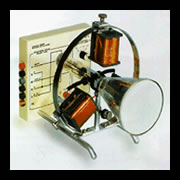
Cathode Rays
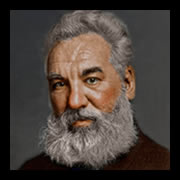
Alexander Graham Bell
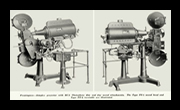
Frontixpiece- Simplex projectr with RCA photophone file dixc sound attachments
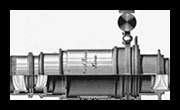
Telephotography
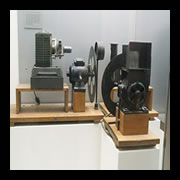
Nipkow Disk
1800s
1862, first Still Image Transferred Abbe Giovanna Caselli invents his Pantelegraph and becomes the first person to transmit a still image over wires.
1876, Boston civil servant George Carey was thinking about complete television systems and in 1877 he put forward drawings for what he called a selenium camera that would allow people to see by electricity. Eugen Goldstein coins the term "cathode rays" to describe the light emitted when an electric current was forced through a vacuum tube. Late 1870s Scientists and engineers like Paiva, Figuier, and Senlecq were suggesting alternative designs for Telectroscopes.
1880, inventors Alexander Graham Bell and Thomas Edison theorize about telephone devices that transmit image as well as sound. Bell's Photophone used light to transmit sound and he wanted to advance his device for image sending. George Carey builds a rudimentary system with light-sensitive cells.
1881, Sheldon Bidwell experiments with his Telephotography that was similar to Bell's Photophone.
1884, Paul Nipkow invented the rotating disk, but he did not produce a working model. He showed the 18 lines of the resolution by making spiral holes in a disk and then rotating the disk. One revolution of the disk was equal to one frame. The light from an object passed through a mask to a selenium cell (light sensor).
Did you know?
In May, 1994, 99% of U.S. households have at least one television set.
